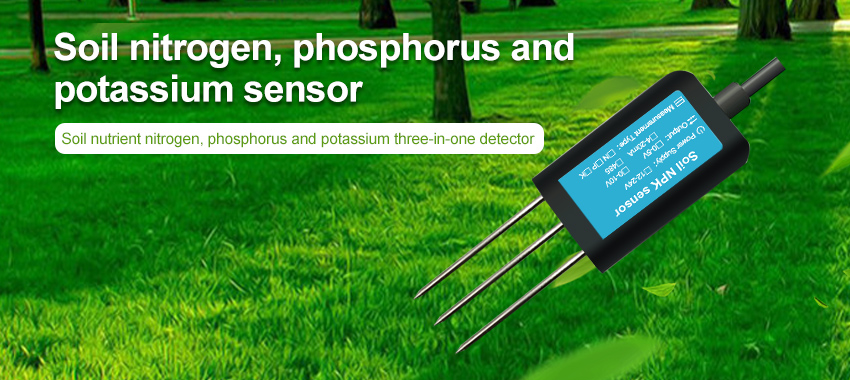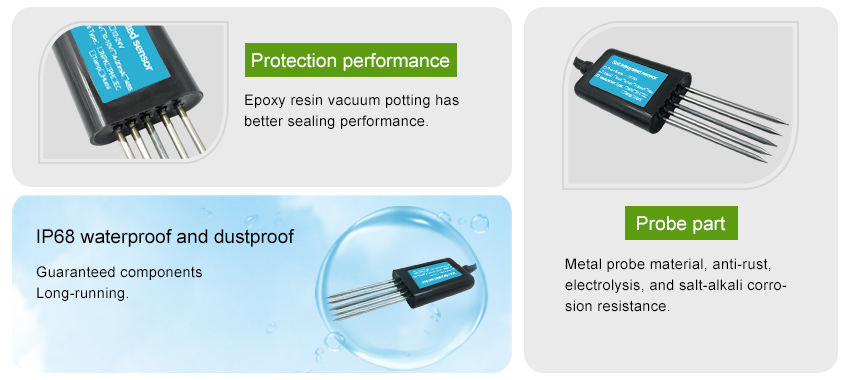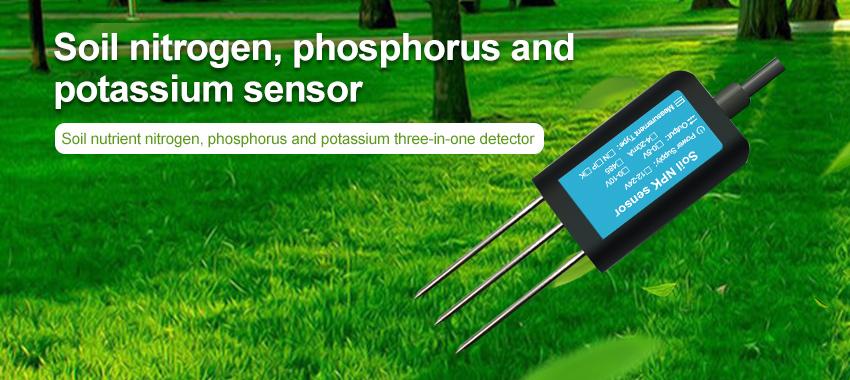Soil, often overlooked and underestimated, holds the key to sustainable and productive agriculture. Understanding its composition and health is crucial for farmers to make informed decisions about irrigation, fertilization, and crop management. Traditional methods of soil analysis have limitations and can be time-consuming and expensive. However, with advancements in technology, soil sensors have emerged as powerful tools in unlocking the secrets of the soil. In this article, we will explore the capabilities and benefits of soil sensors in modern agriculture.
What are Soil Sensors?
Soil sensors are devices designed to measure various soil properties, such as moisture content, temperature, nutrient levels, pH, and salinity. These sensors are typically buried in the ground and connected to a data logger or a wireless network, which allows real-time monitoring and analysis of the soil conditions. By providing continuous data, soil sensors enable farmers to optimize their farming practices and make data-driven decisions.
Benefits of Soil Sensors
Precision Agriculture: Soil sensors enable precision agriculture by providing accurate and localized data about soil conditions. Instead of applying irrigation or fertilizers uniformly across the entire field, farmers can use the data from soil sensors to apply inputs only where and when they are needed. This targeted approach reduces water and fertilizer wastage, minimizes environmental impact, and improves crop yield.

Water Management: Efficient water management is crucial for sustainable agriculture, especially in regions facing water scarcity. Soil sensors help farmers determine the optimal irrigation schedule by measuring soil moisture levels. This information allows farmers to avoid both under- and over-irrigation, ensuring that crops receive adequate water while minimizing water wastage.
Nutrient Management: Soil sensors provide insights into the nutrient levels present in the soil. Farmers can use this information to tailor fertilizer applications based on the specific nutritional needs of their crops. By applying fertilizers in precise quantities at the right time, farmers can optimize nutrient uptake, reduce costs, and minimize environmental pollution caused by excess fertilizer runoff.
Disease and Pest Management: Certain soil properties, such as temperature and moisture, influence the prevalence of pests and diseases. Soil sensors help farmers monitor these conditions, enabling timely interventions to prevent outbreaks or minimize damage. By identifying potential disease or pest hotspots early on, farmers can take preventive measures, such as adjusting irrigation or applying targeted treatments, leading to healthier crops and higher yields.

Challenges and Future Directions
While soil sensors offer numerous benefits, there are still some challenges that need to be addressed. Firstly, the installation and maintenance of soil sensor networks can be costly, particularly for small-scale farmers. Additionally, calibrating and interpreting the data from soil sensors requires technical expertise, which may pose a barrier for some farmers. Furthermore, the accuracy and reliability of soil sensors can vary depending on the sensor type and environmental factors.
To overcome these challenges, ongoing research is focused on improving sensor accuracy, reducing costs, and developing user-friendly interfaces for data interpretation. Integration with other technologies, such as satellite imagery and machine learning algorithms, holds promise in enhancing the capabilities of soil sensors further. These advancements will enable even greater precision and efficiency in agriculture, empowering farmers to make better decisions for sustainable farming practices.
Conclusion
Soil sensors have the potential to revolutionize agriculture by providing valuable insights into soil conditions and optimizing farming practices. With the ability to measure moisture content, temperature, nutrient levels, pH, and salinity, soil sensors enable precision agriculture, efficient water and nutrient management, and effective disease and pest control. As technology continues to advance, soil sensors will become more accessible and user-friendly, helping farmers worldwide unlock the secrets of the soil and pave the way towards a more sustainable and productive future in agriculture.







